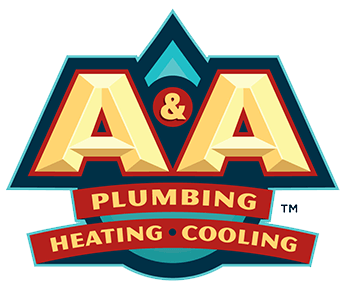What Not to Put Down Your Garbage Disposal
A kitchen sink garbage disposal is a gentle beast: it's tough but the wrong things upset and unbalance it. The garbage disposal does resemble an animal in its appearance: it's dark below the metal drain opening and there's a row of teeth arranged in a circle. Below the cylinder that spins the teeth is the electric motor that makes the disposal do what it's made for: destroy organic material dumped down into it.
 Garbage Disposal Maintenance
Garbage Disposal Maintenance
This is where most problems begin and end with a garbage disposal. The average homeowner has no idea how to maintenance it, let alone recognize the limit of what it can do. Yes, it's powerful enough to mangle a utensil but it can't do so indefinitely if you leave it in there.
The motor will overheat and the teeth will be damaged and misshapen. Either of these mishaps will require replacement of the garbage disposal because — count on it — it won't be any good afterward.
Avoid Large Food Items
Most people think any kind of food can be dumped down the disposal. It doesn't agree. Some substances, if not properly minced, diced or cut finely beforehand, won't actually be shredded by the disposal. In fact, some material like a long length of chicken skin, will probably just so straight down the pipe where it will cause a different sort of problem down the road.
Anatomy of the Disposal
Long carrot peels won't disintegrate and will pile up in a nice bulky mass in the J-trap — the U-shaped segment at the bottom of the vertical pipe that leads down from the disposal. The J-trap is meant to catch such masses so that the pipe array can be disassembled easily and cleaned out. Any such masses will cause water to back up and fill both sides of the sink. Instead, dump long pieces of elastic and dense foods in a trash bag.
Oil and Coffee Grounds
Believe it or not, oils and coffee grounds shouldn't go down the disposal, either. Coffee grounds look harmless but they can take after sand: after a while they form a sediment-like coating in the pipe array that only a plumber can tackle. And by tackle, it's the kind of venture that requires a machine with an eighty-foot coil and a $300 bill. Oils do the same thing in a different way. Oils and greases coat pipes and form a hard layer that blocks water and must be broken through with a plumber's power-snake.
Avoid a costly pipe burst with these key tips! Call A&A Plumbing, Heating, and Cooling at 210-566-2665 for repairs in your San Antonio, TX home.

